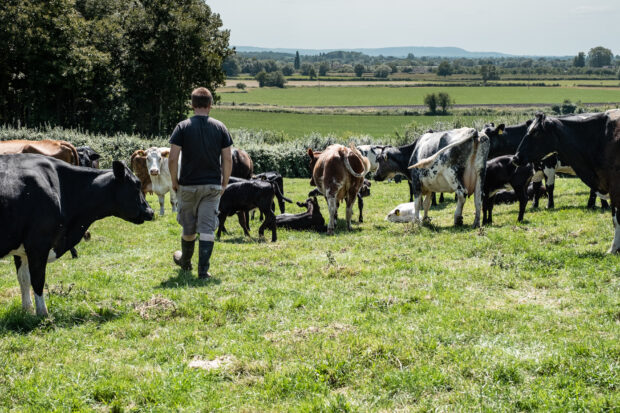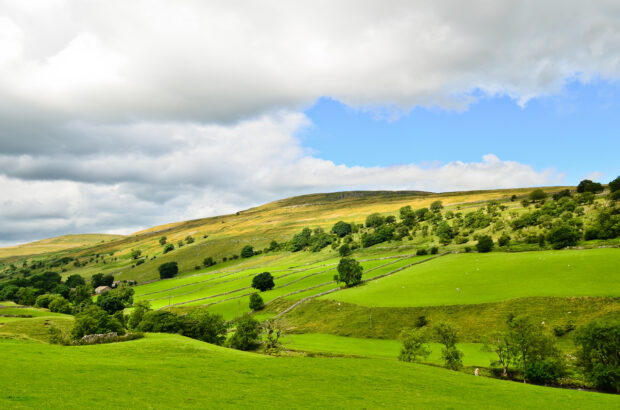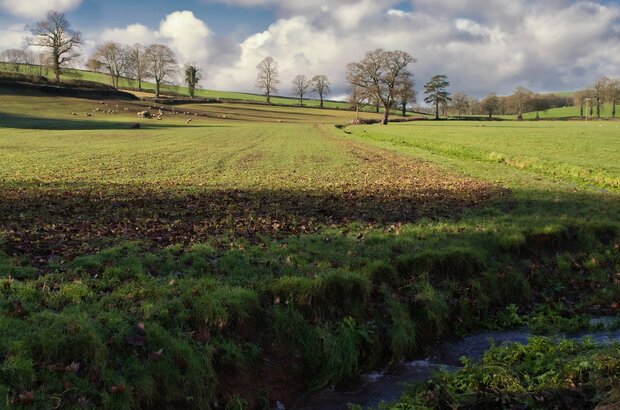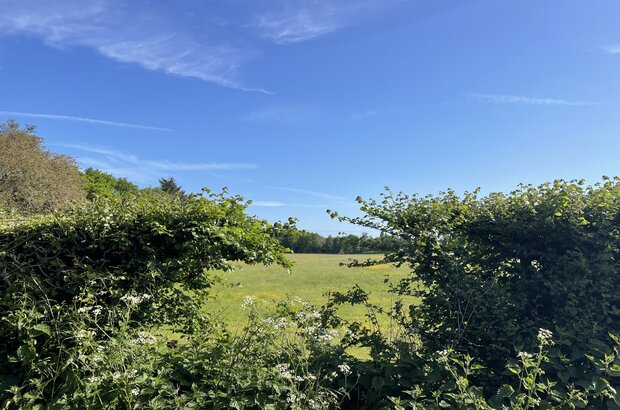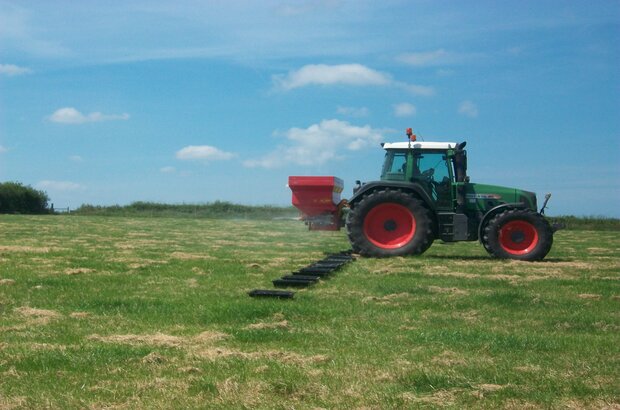Following publication of the Adding Value manual on 23 May, the online checker is now open for you to apply. This £30 million fund offers grants focused on supporting farmers and growers to process, diversify and add value to their eligible agricultural products after they are harvested or reared. It offers grants of between £25,000 and £300,000 for up to 40% of eligible project costs.
Today we’re announcing more details about the new slurry storage grants that we will be launching later this year, as part of the Farming Investment Fund. This post gives extra context to the information published today on GOV.UK. We explain what the new grant offers, how to apply and what to look out for over the coming months.
The government has committed to maintain the farming budget for England at £2.4 billion per year throughout this parliament. We will be gradually reducing spending on Basic Payments each year over the next 6 years. Instead, we will make the money available to farmers through one-off grants for capital investment in equipment and technology, and ongoing payments for environmental actions and related advice and support. Farmers will be able to get paid for a combination of actions that they choose, to suit their farm business, food production and the environment.
It's hard to get started in farming, or any related land-based business. Newcomers to the industry (usually known as "new entrants") face all sorts of barriers. It's challenging for them to find land, secure finance and progress their businesses. When we published the Agricultural Transition Plan towards the end of 2020, we said that we would establish a support scheme for new entrants, and make the whole process easier. This blog post is an update on what we've learned so far by working collaboratively with people across the sector and the next steps.
Local Nature Recovery is the improved and more ambitious successor to the Countryside Stewardship scheme in England. In this post, we’ll provide further detail on what Local Nature Recovery will pay for and explain how we will be working with you over the course of the year to develop the detailed scheme design.
In November, we started to offer agreements to farmers taking part in the Sustainable Farming Incentive pilot. In this post, we'll share an overview of the things we’ve learned over the past 6 months and how we’re incorporating them into the design of the full scheme.
As a farmer, I am only too aware of the financial pressures which force farmers to make short-term decisions to address an immediate need. This isn’t always ideal for the environment and the sustainability of farming in the longer term. The marketplace is very good at driving the efficient production of high-quality grain, meat, milk and vegetables for today and tomorrow, but less so at rewarding high water quality, great soil or increasing the numbers of birds and insects over time. In this post, I’ll explain how the Sustainable Farming Incentive will start to redress the balance and how it will reward farmers for delivering environmental benefits as well as efficient food production.
The Farming Innovation Programme provides research and development funding to farmers and growers who want to develop and use new, innovative methods and technologies. The aim of the fund is to support farmers to become more productive, environmentally sustainable and resilient to the global food security challenges of the future. You might remember that alongside UK Research & Innovation (UKRI) we launched the first rounds of funding in October, and 2 more in March. In this post, I’ll share information about our latest funding opportunity: the Research Starter Projects Competition.
Before we launched Improving Farm Productivity in January, we made the manual available for people to look at on GOV.UK. Feedback suggested you found this helpful. So, ahead of its launch in June, we are making the manual for the next theme available today: Adding Value. In June, you can apply for a grant for buildings, machinery or equipment so that producers can add value to eligible agricultural products after they are harvested or reared.
In this post, I'll provide an update on the work of the fertiliser roundtable, which recently held its first meeting. I’ll also share some analysis on the impact of varying fertiliser application rates to help reduce costs.



